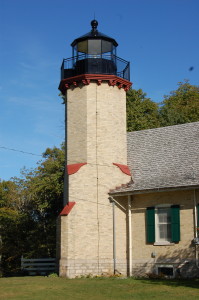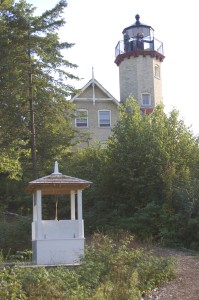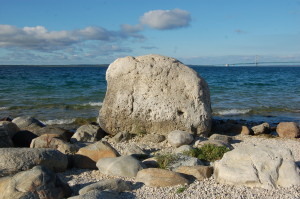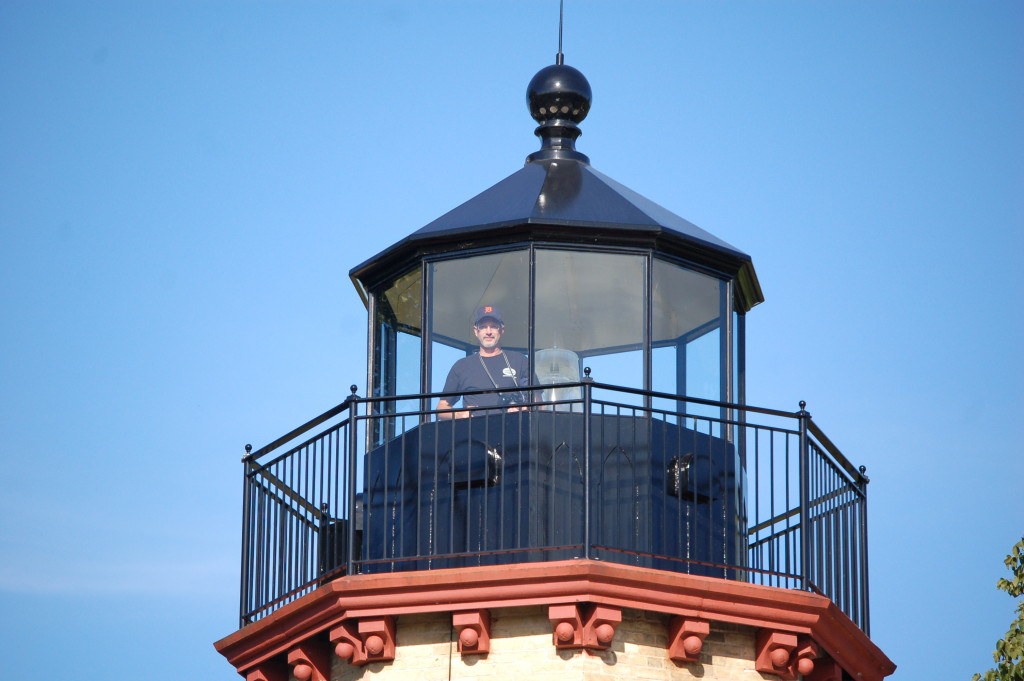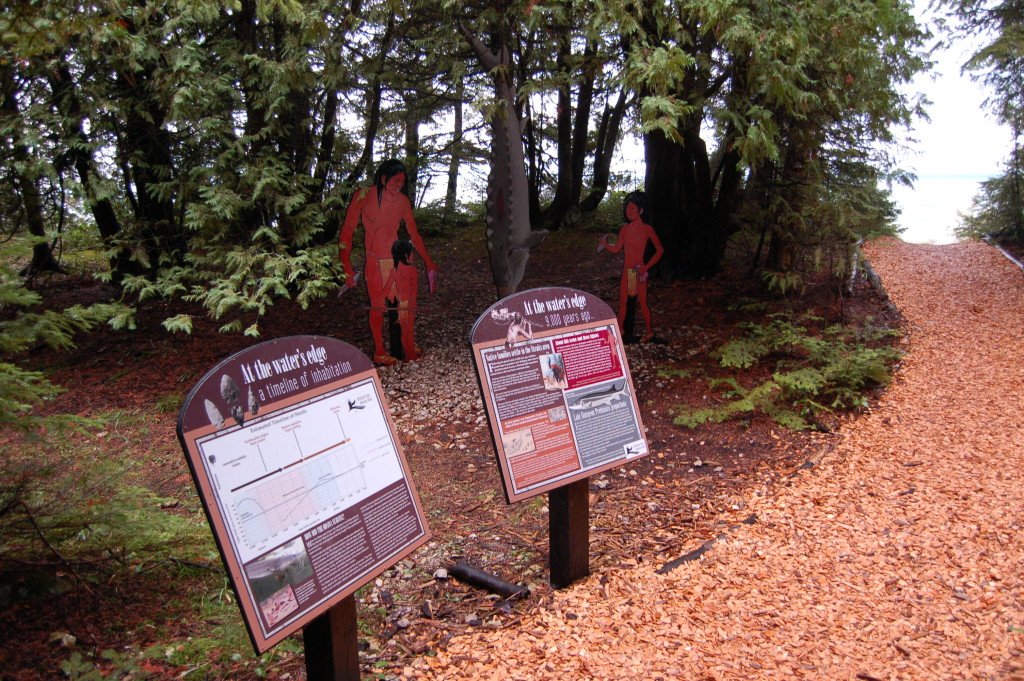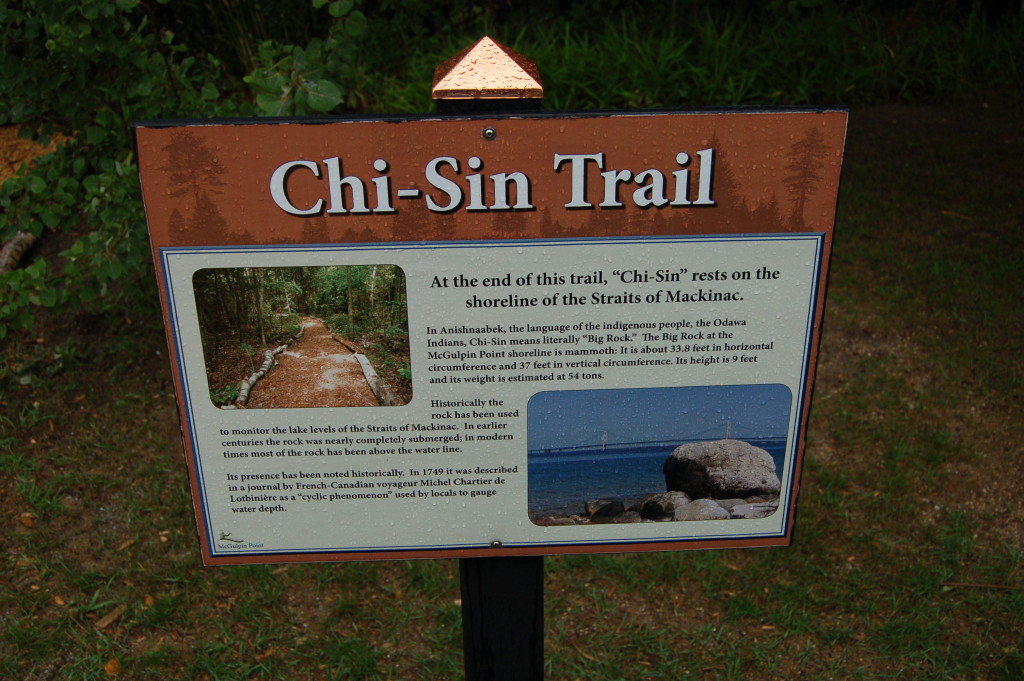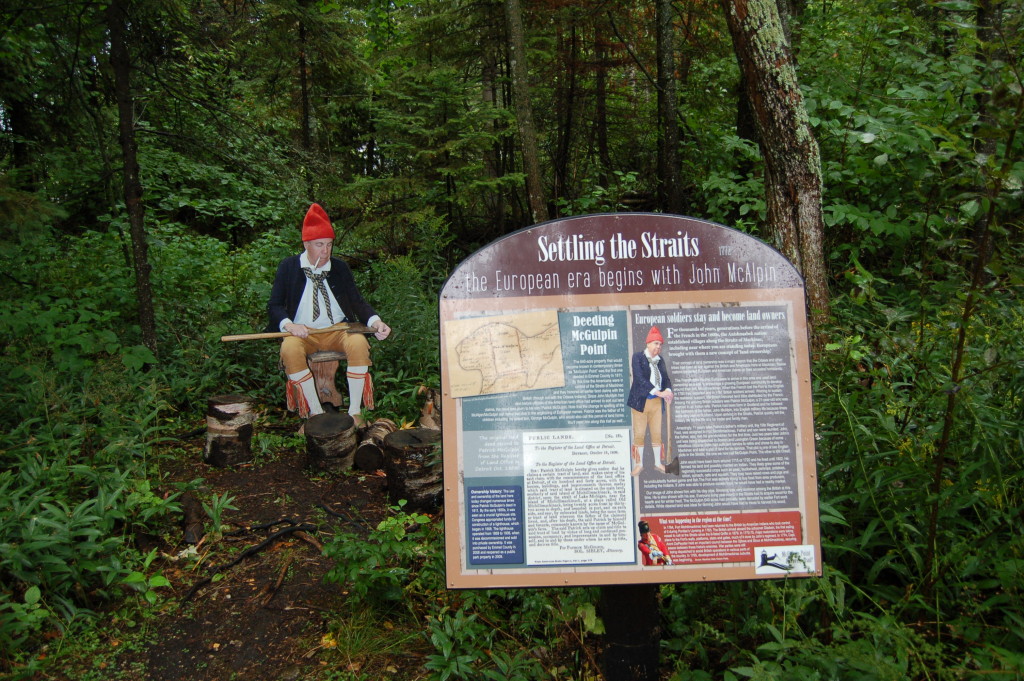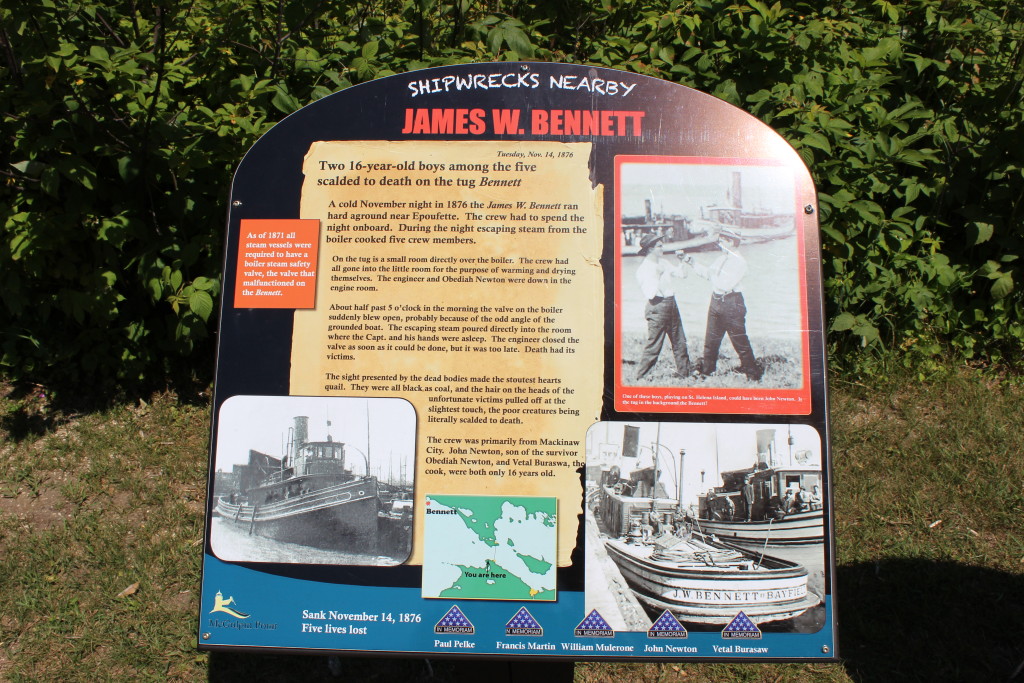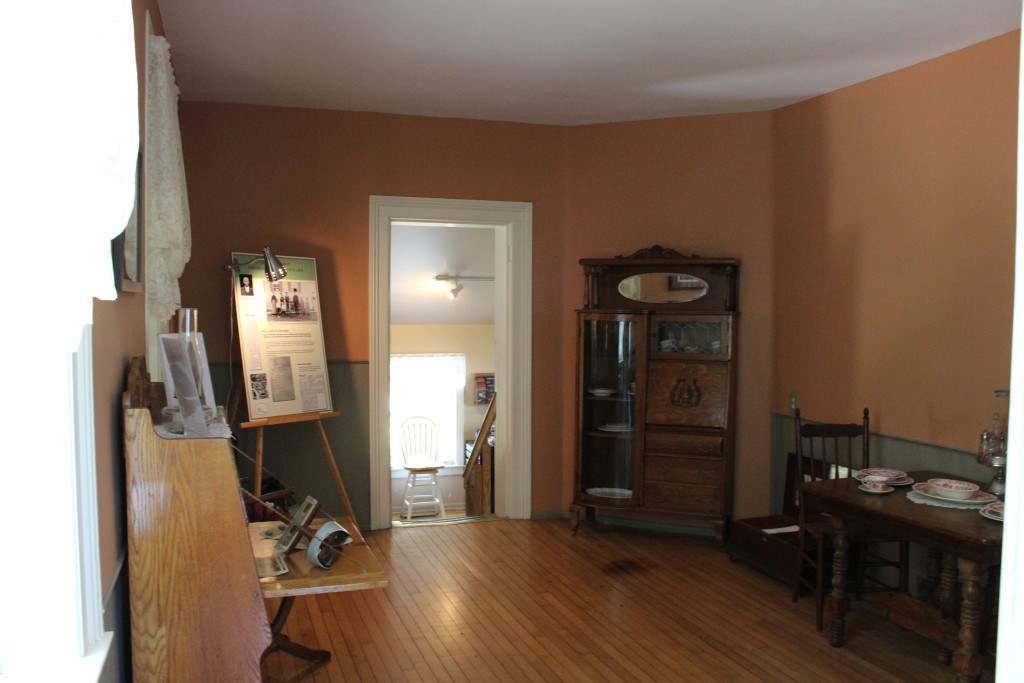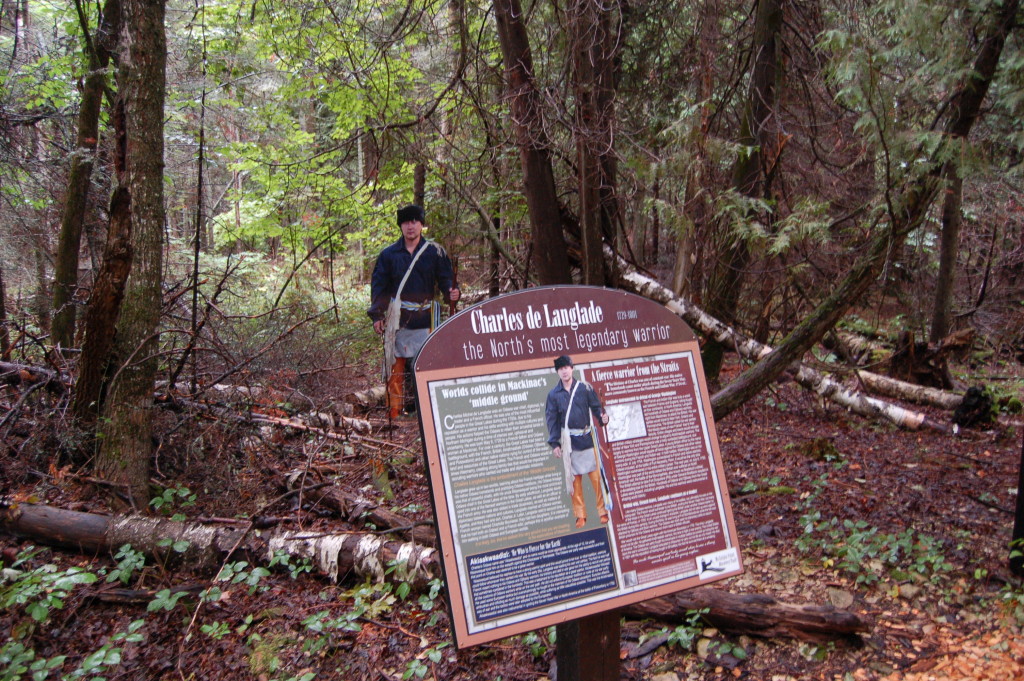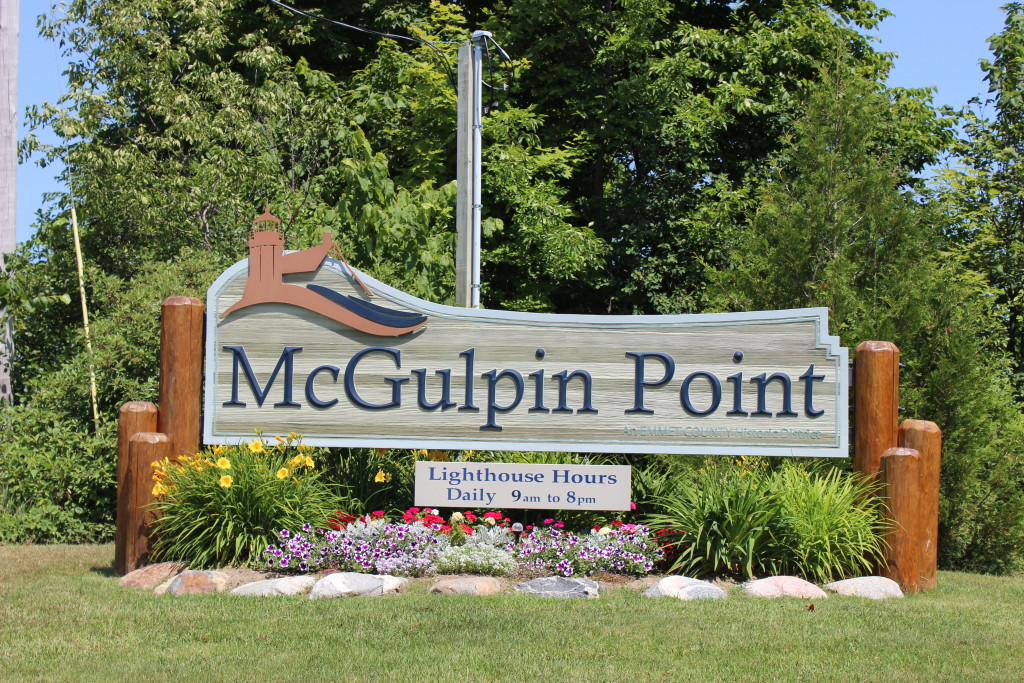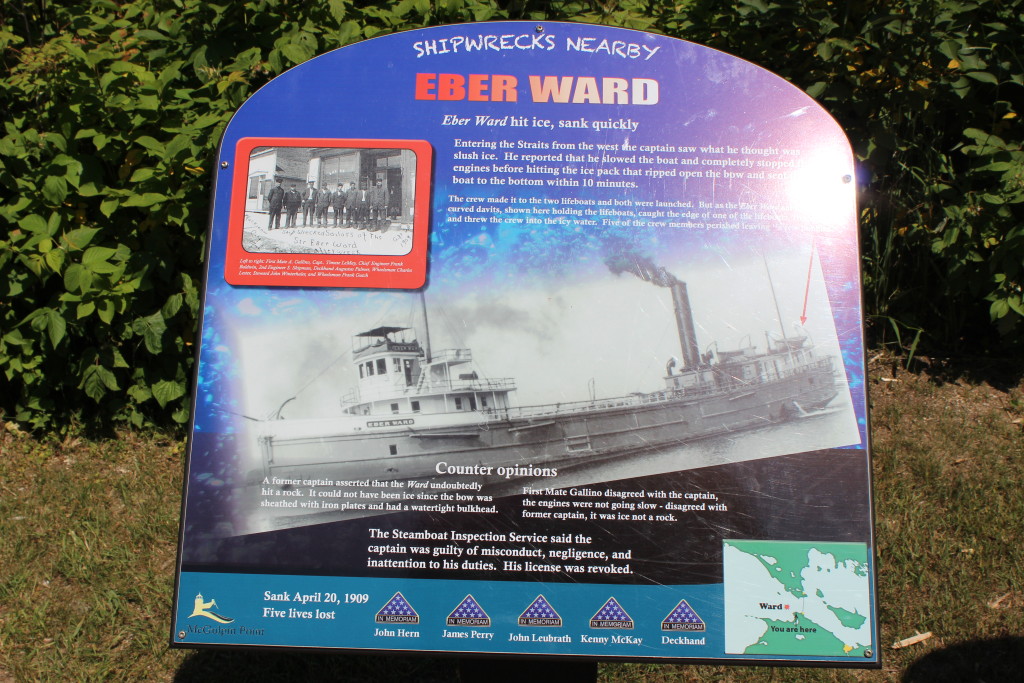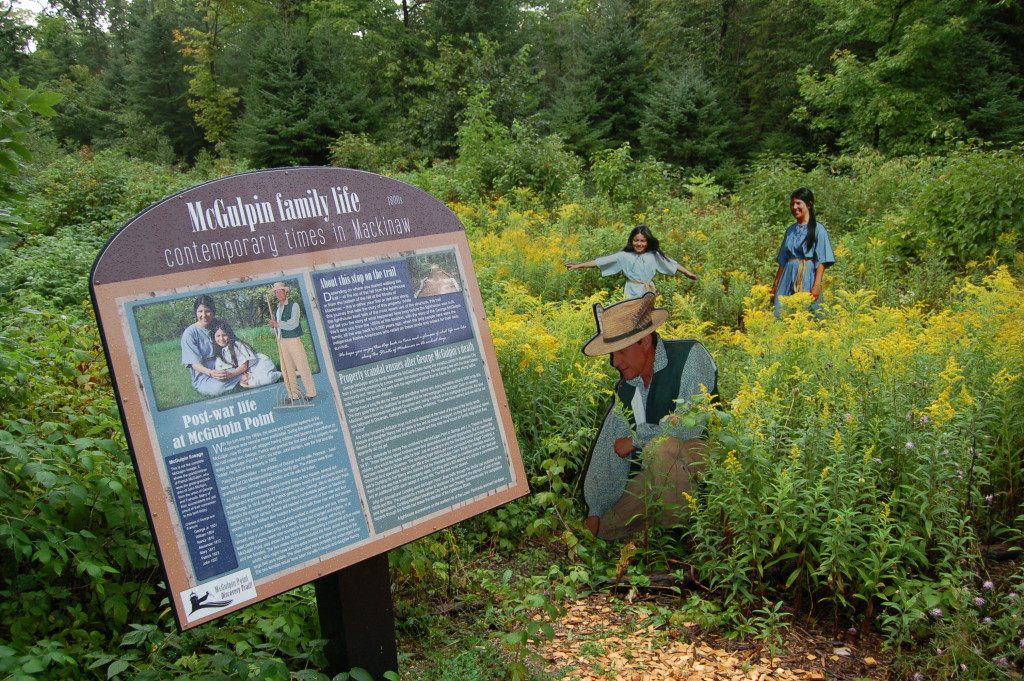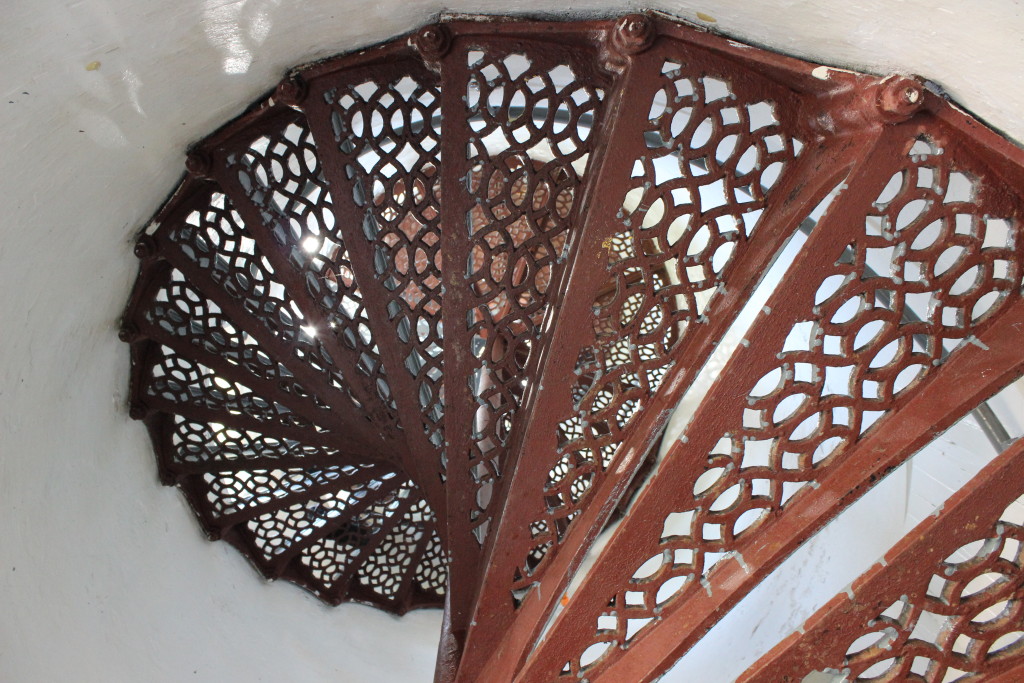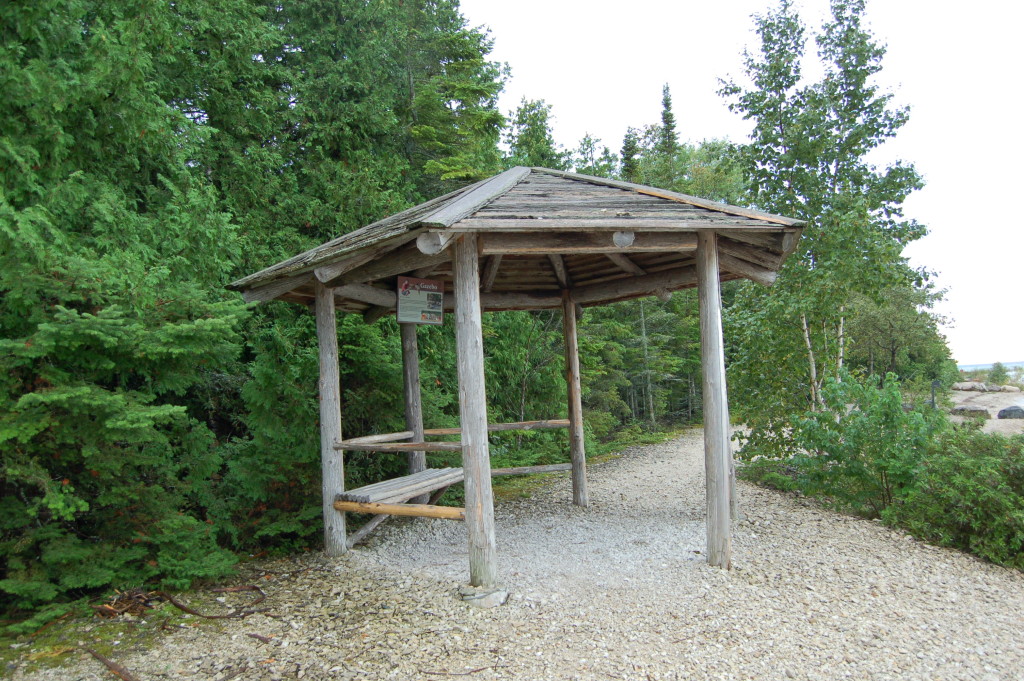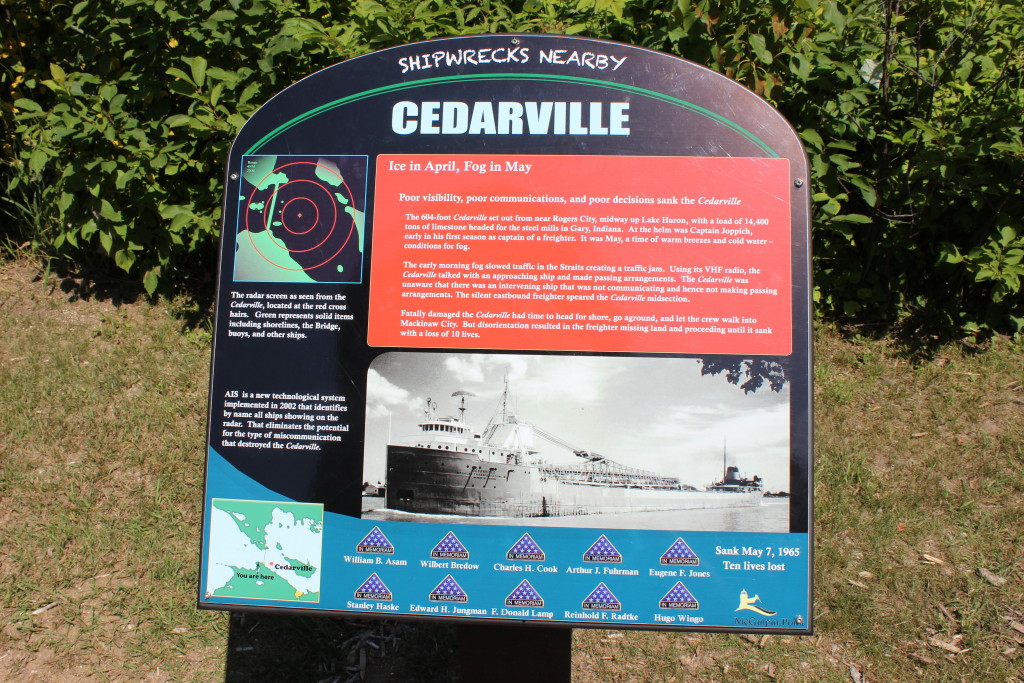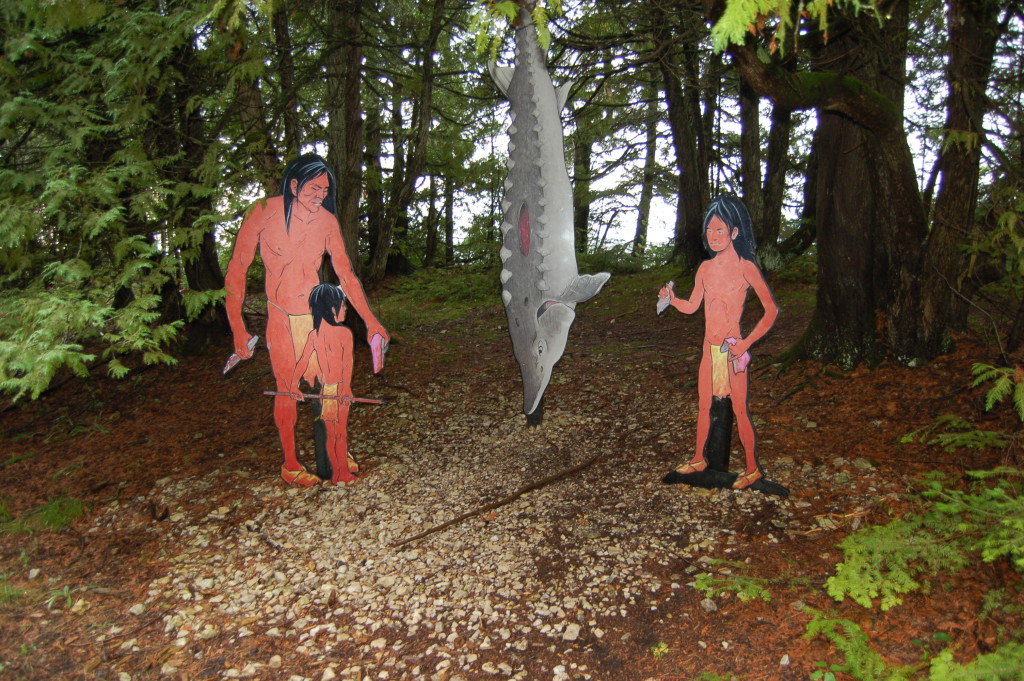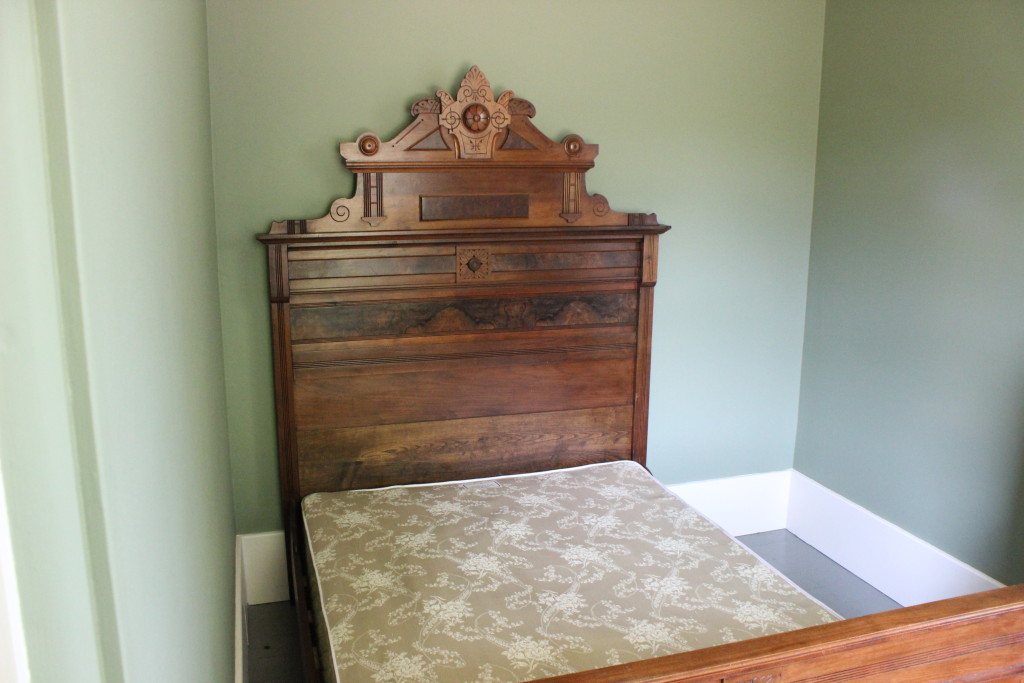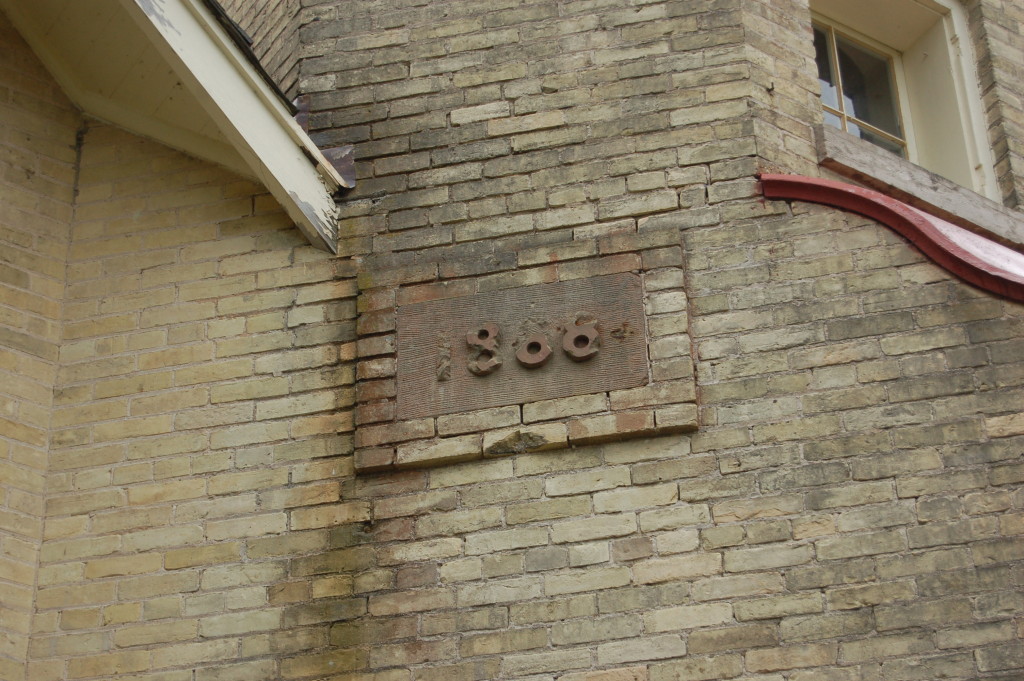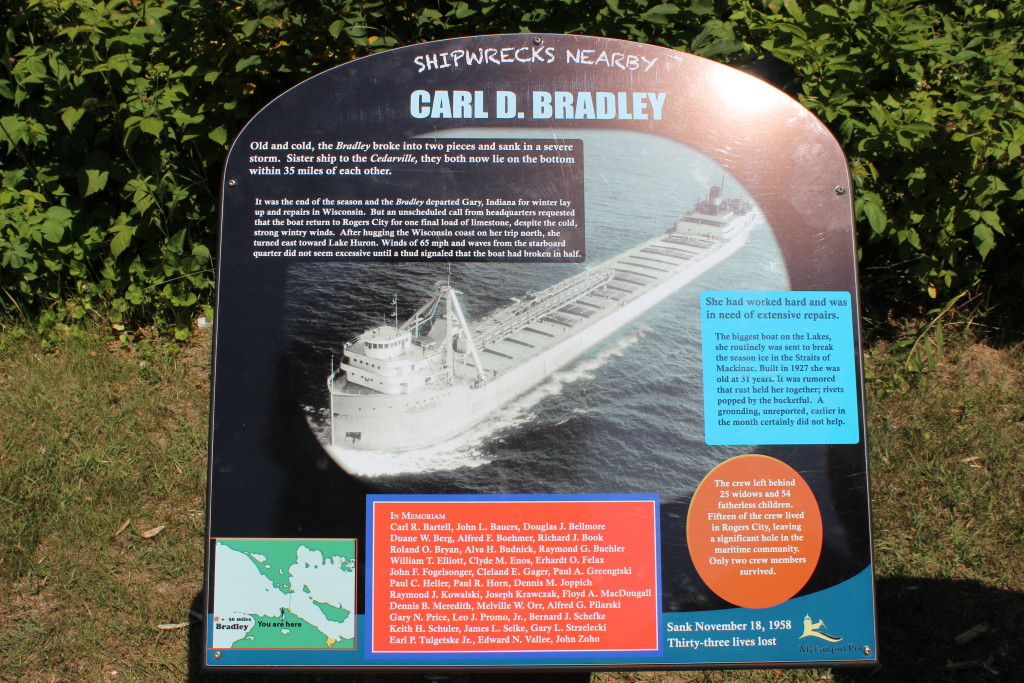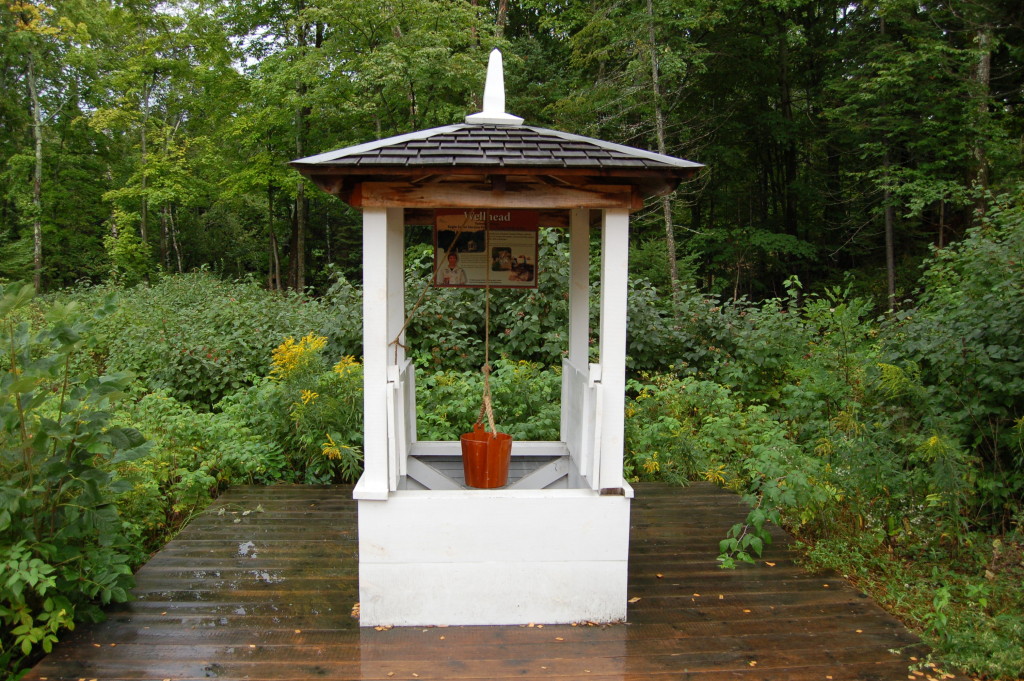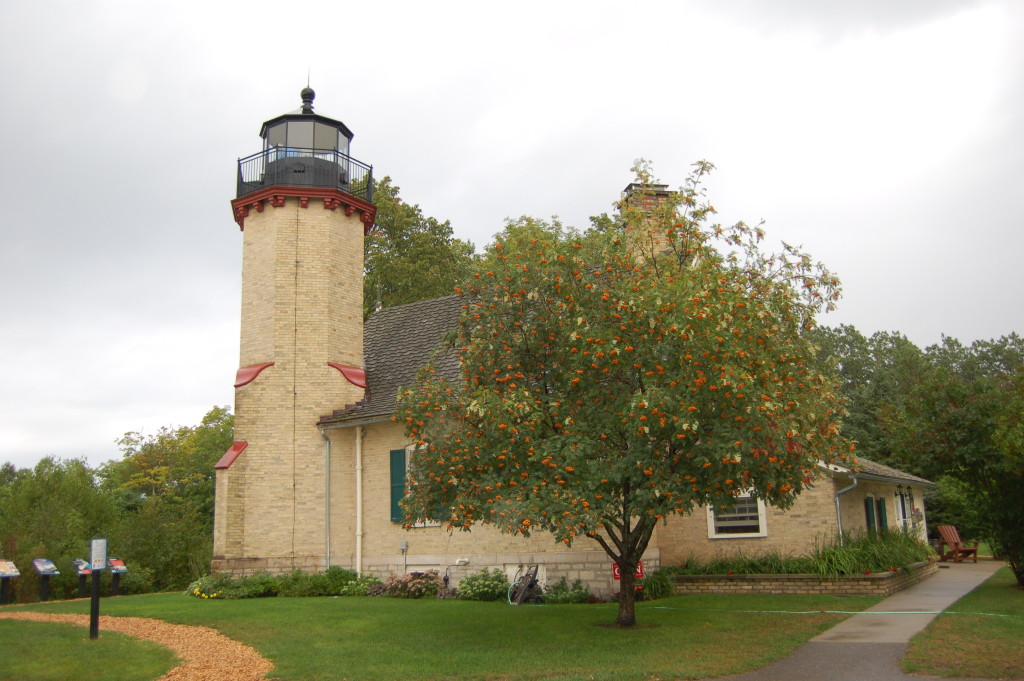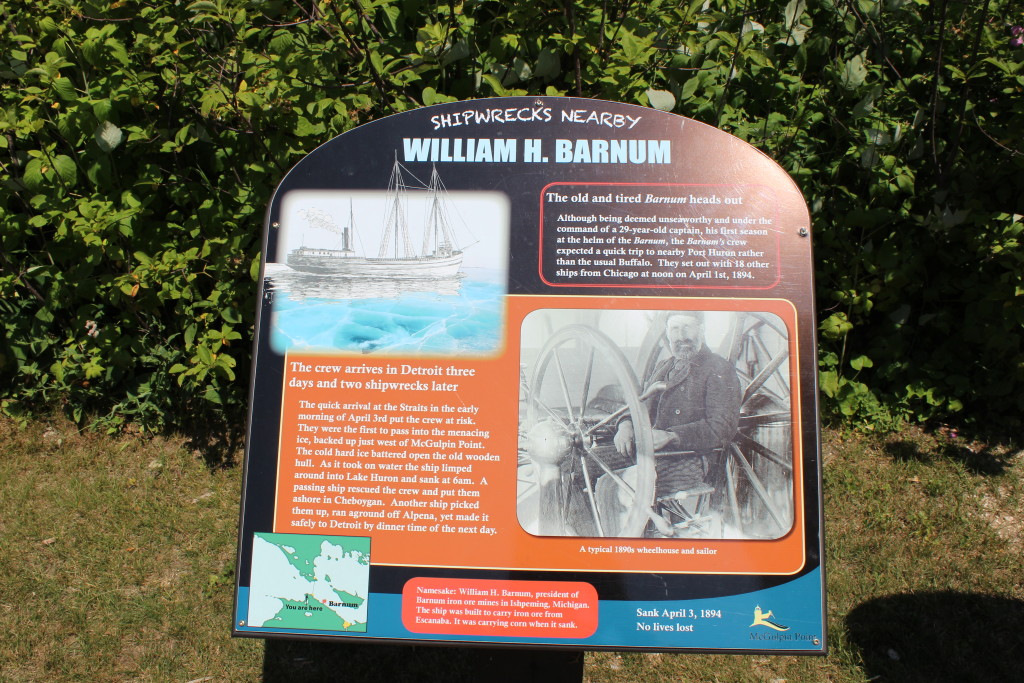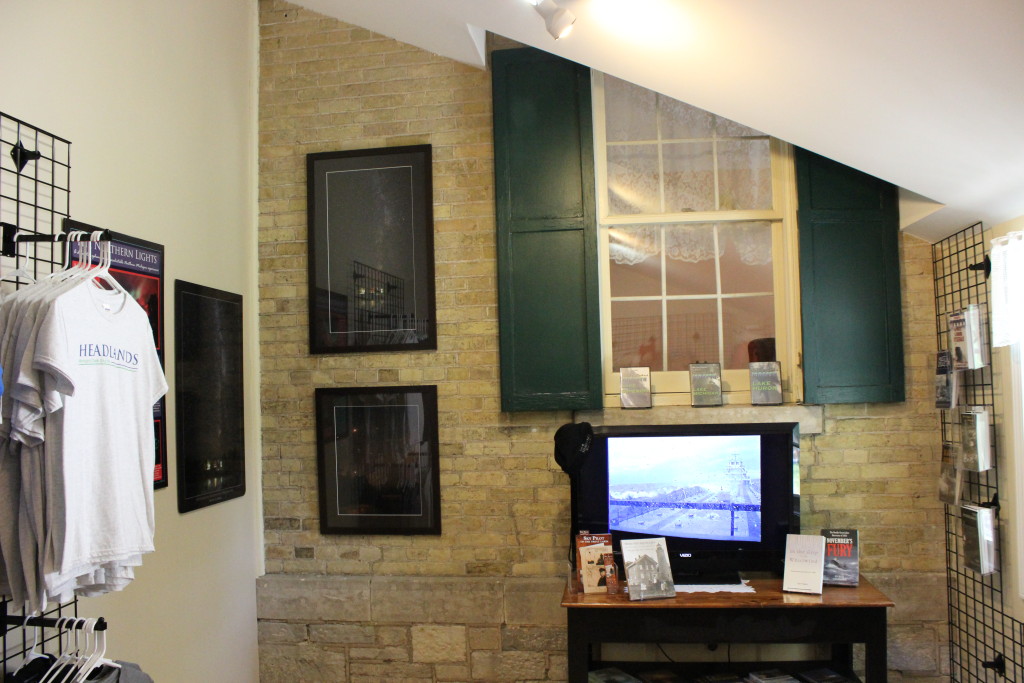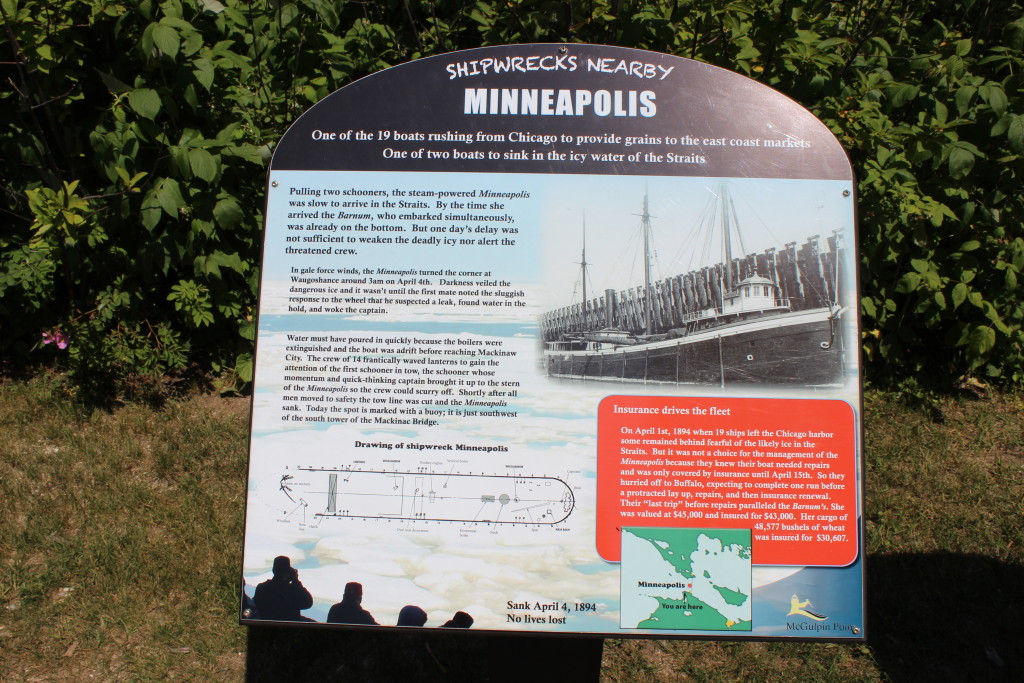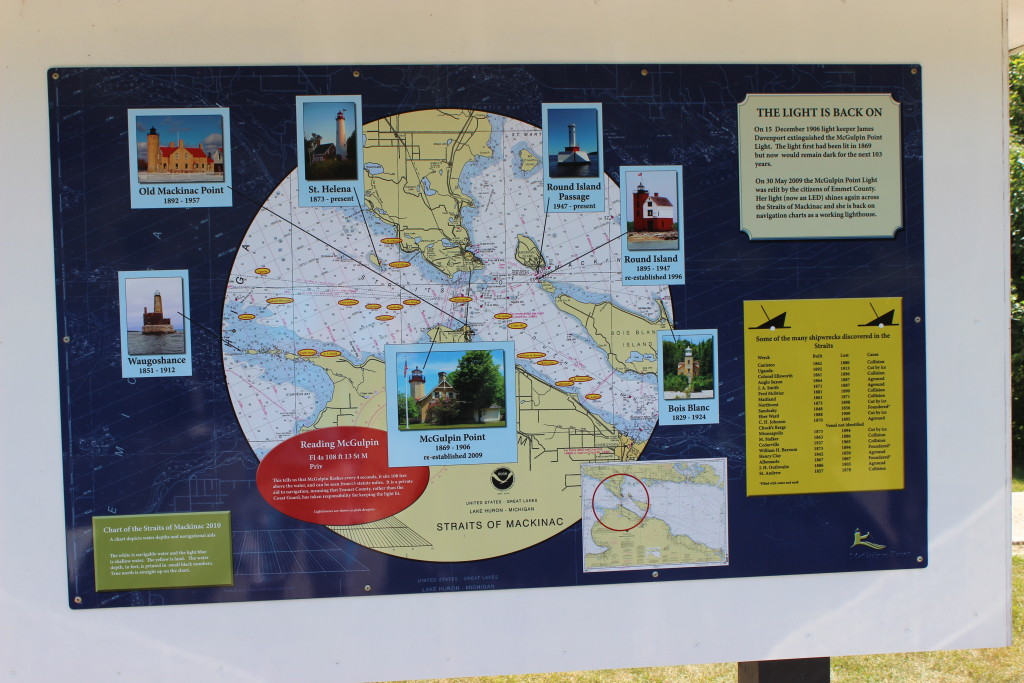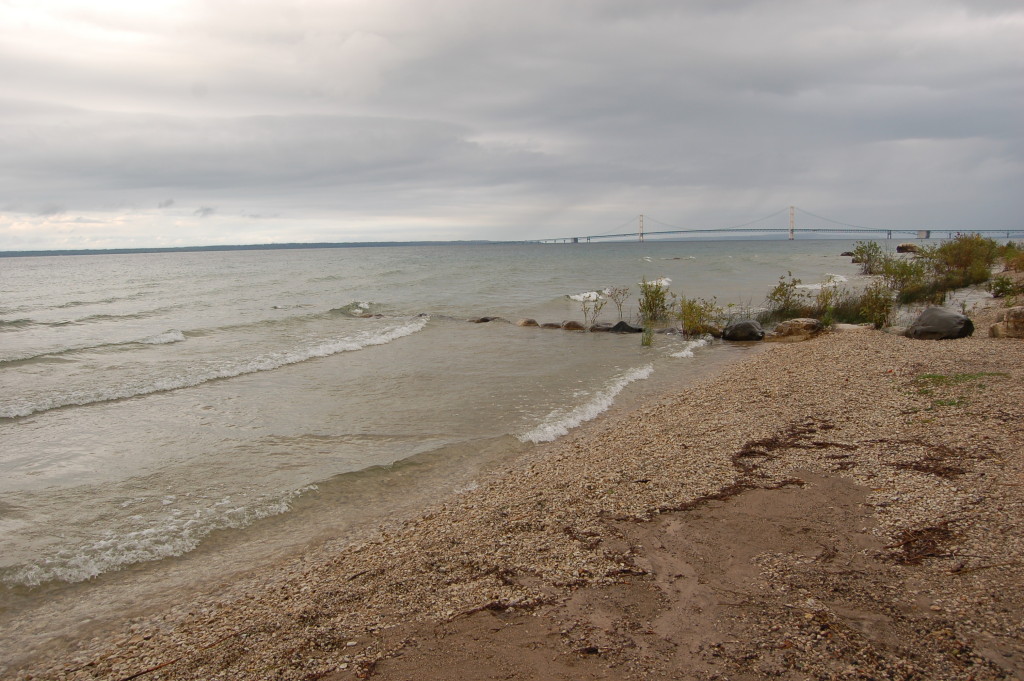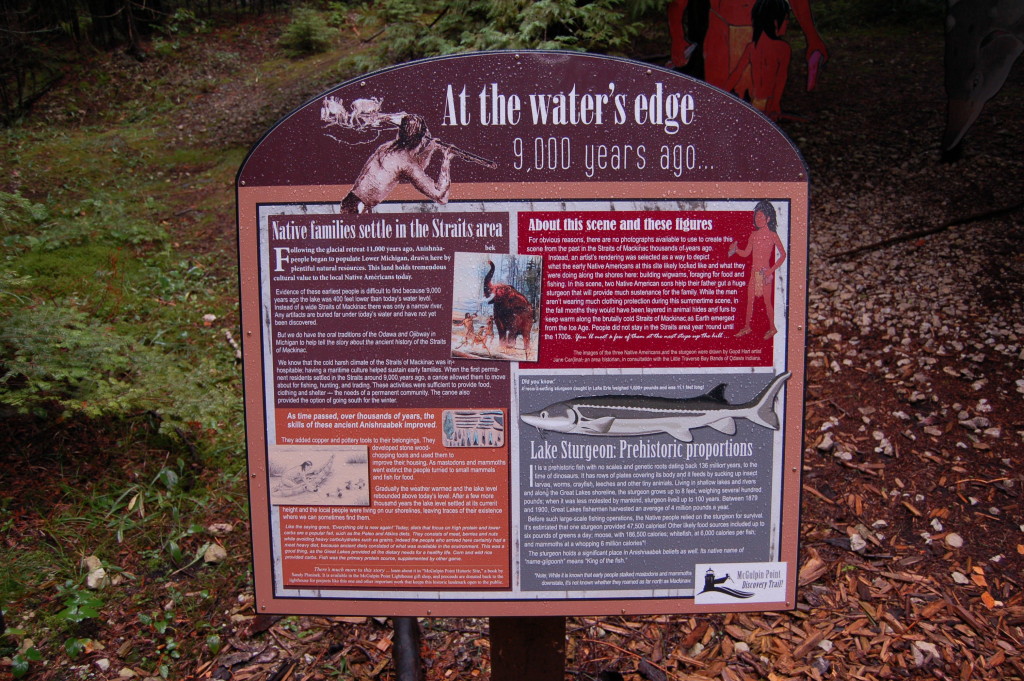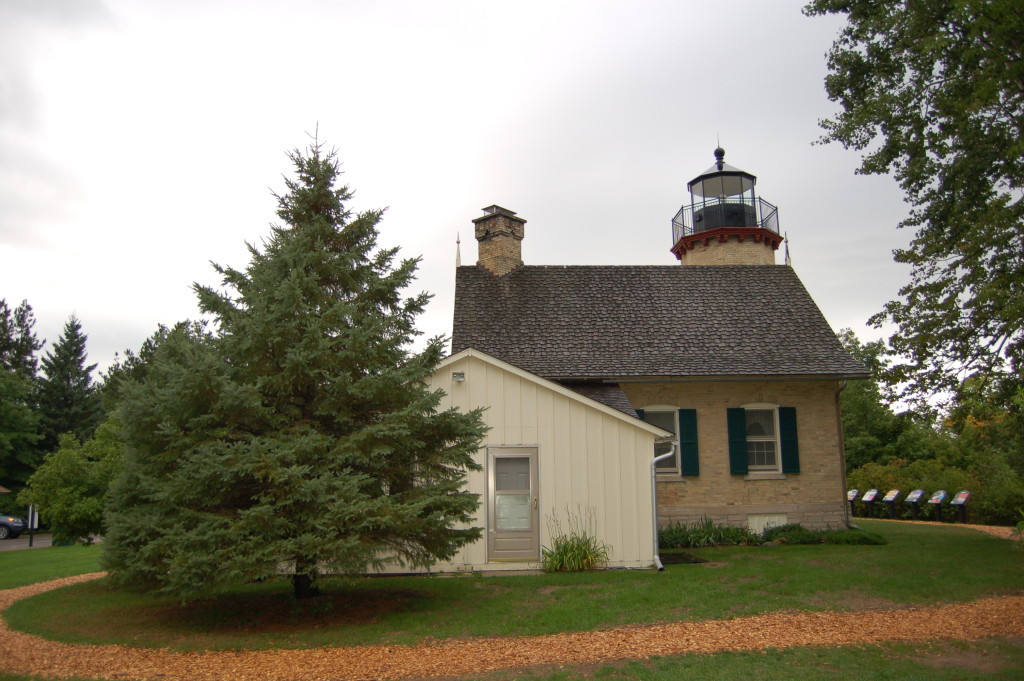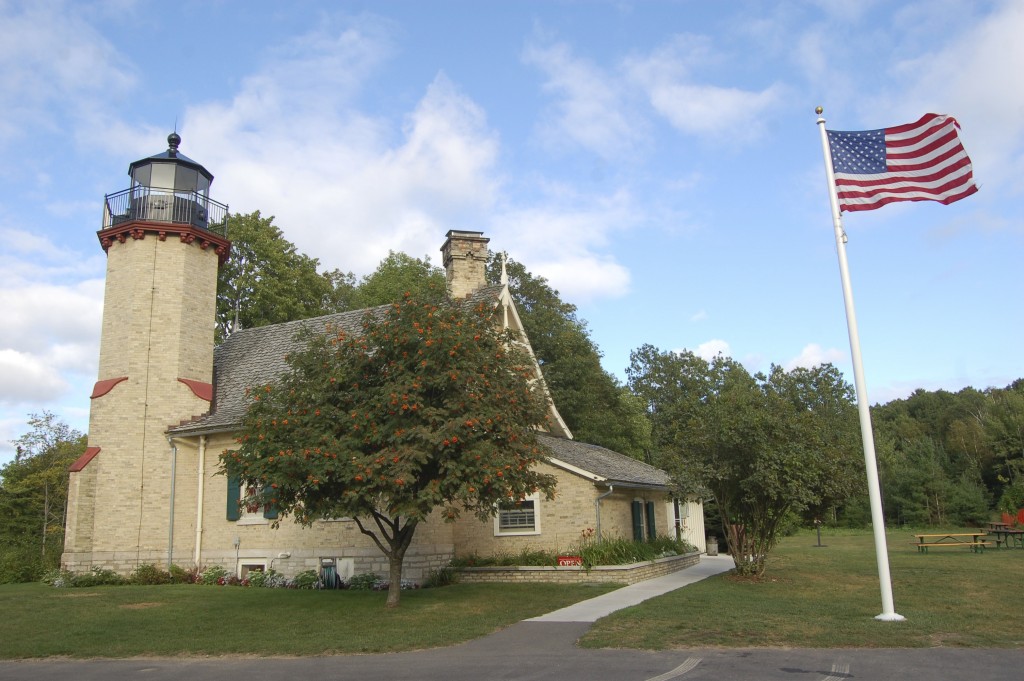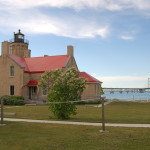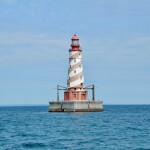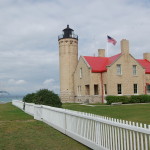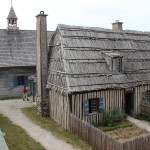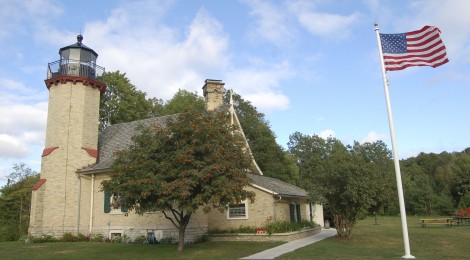
Photo Gallery Friday: McGulpin Point Lighthouse, Emmet County
Photo Gallery Friday is a regular feature on Travel the Mitten that will help showcase photos from places where a few pictures just aren’t enough to show off everything.
The McGulpin Point Lighthouse west of Mackinaw City is actually 20 years older than its counterpart (Old Mackinac Point Lighthouse) near the Mackinac Bridge. The lighthouse began operation in 1869 to help mariners navigate the Straits of Mackinac. It is constructed of Cream City brick and features a 38 foot tower (focal height of 102 feet) attached to a two-story keeper’s dwelling. In the early 1900s the McGulpin Point Lighthouse was deemed to no longer be necessary due to the performance of the Old Mackinac Point Lighthouse. In the following years the tower and lantern room were removed and this property eventually became a private residence. In 2008-09 the lighthouse was purchased by Emmet County, a replica lanter room was installed, and the lighthouse was opened to the public. The lighthouse tower offers an incredible view of the Mackinac Bridge. This year the lighthouse will reopen for the season on May 20. Find out more at http://www.mcgulpinpoint.org/.
Several plaques behind the lighthouse give details on ships that were lost in the area. A newer addition to the lighthouse complex is a wood-chip trail that “will bring you back to 9,000 years ago, when our earliest inhabitants lived among these forests and made it their home. Walk the trail to discover native warriors who tread this ground and impacted world-wide events, and later meet the McGulpin ancestors who were the first Europeans to settle this property along the Straits of Mackinac.”
This trail comes out at the Lake Michigan shoreline where you can see the Mackinac Bridge and historic McGulpin Rock, which was a navigational aid for early explorers who came to the area (depending on water levels it may or may not be accessible).

